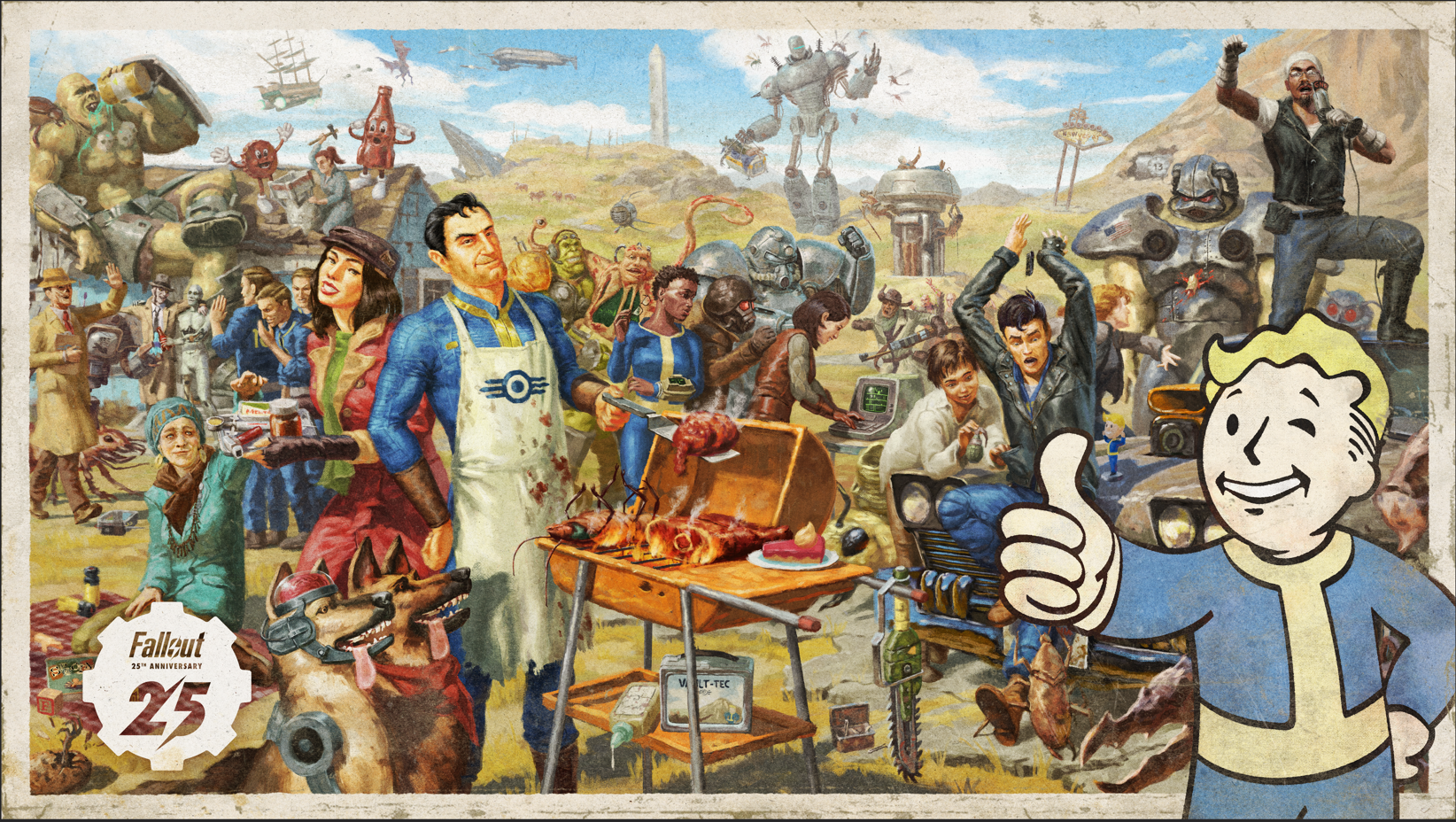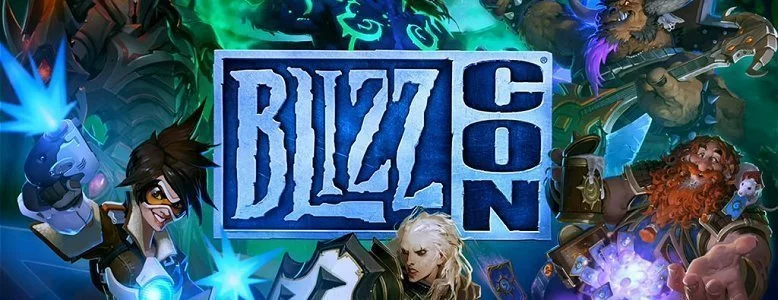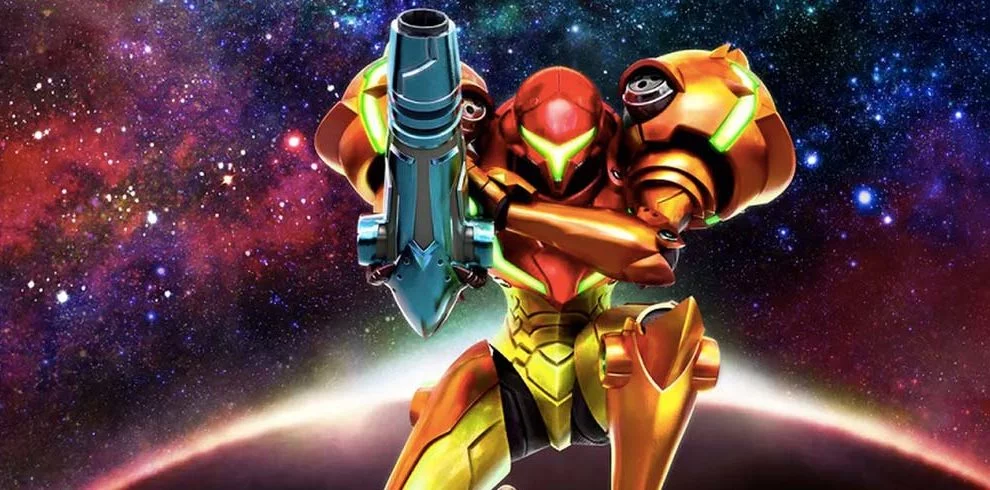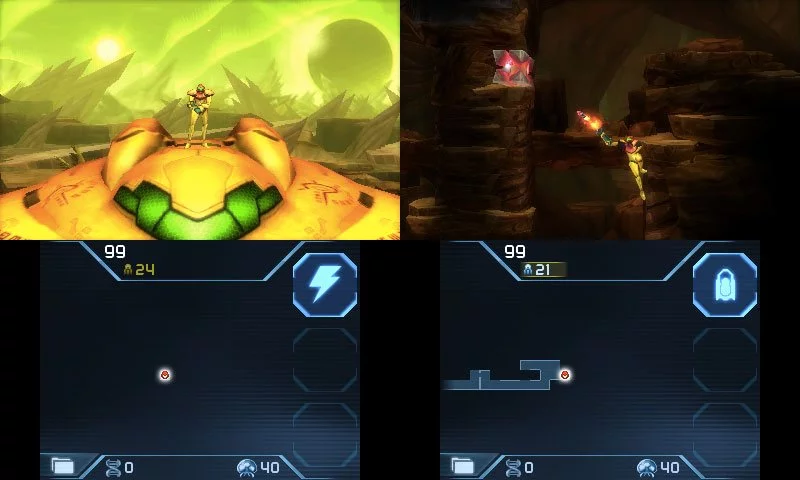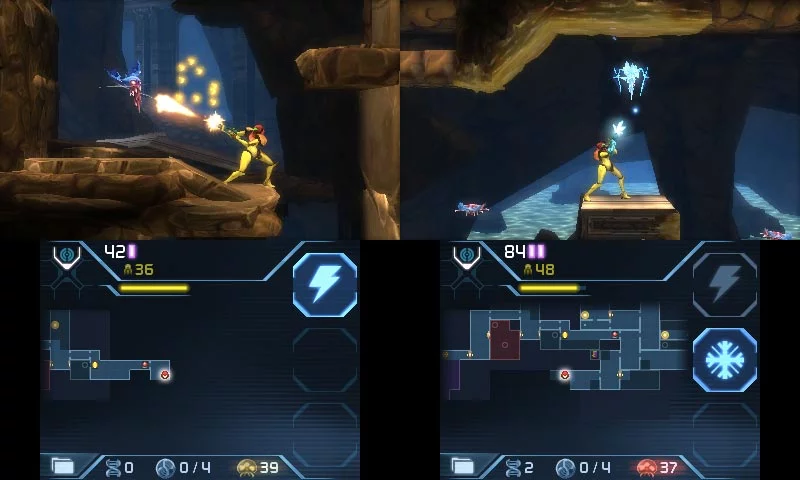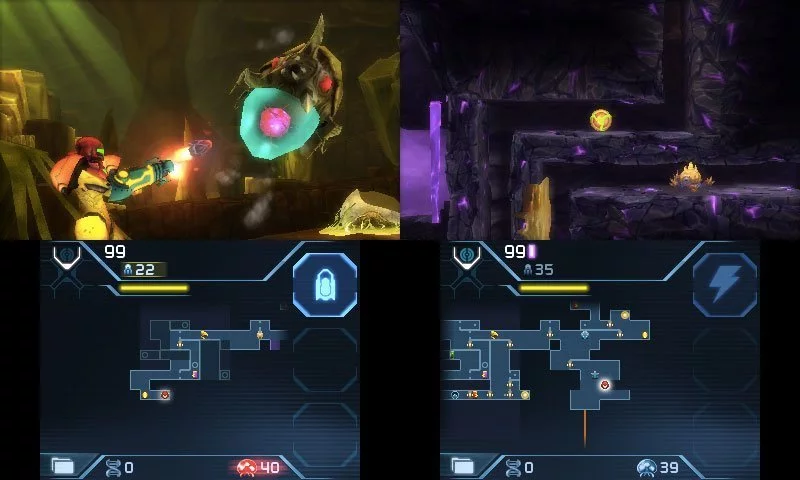Never has a video game had such a fitting title; Samus has been absent for far too long. It’s a travesty that we’ve gone 13 years without a 2D Metroid – and a full decade without something that feels like a proper Metroid. In the blink of an eye, Nintendo announced Samus would come out of her slumber in both the 2D and 3D realms, and while we don’t know anything about Metroid Prime 4, Samus Returns is almost everything we have been hoping for; unless you are awaiting a “new” game, of course.
Samus Returns is just that: the return of Metroid II: The Return of Samus. Metroid has always been about its legendary sense of exploration, thrill of power-ups and intriguing worlds. Storyline and characters, aside from Samus herself, have mostly taken a backseat, and with each passing instalment seemingly become more complicated and alienating.
Despite being one of the oldest games, Metroid II is actually one of the latest chronologically, as the Prime Trilogy is set before it. Nintendo is no stranger to retelling Samus’ story, but it also isn’t afraid to tinker with the cannon. The GBA remake of the original game, Metroid: Zero Mission, makes considerable alterations to the NES narrative. While Nintendo seemingly wants us to recognise Samus’ entire narrative, it’s not what I’ve taken away from Samus Returns. I’m not bothered by the storyline and can’t say I absorbed much, but I’ve relished the history lesson in the advancement of Metroid gameplay.
So many of the iconic hooks were established in Metroid II. While it’s rudimentary on what became known as “Metroidvania” backtracking, in favour of a more linear path, many of Samus’ key arsenal were first introduced in the Game Boy game, and that’s what I’ve most enjoyed about returning to a classic in a modern setting.
But it’s not just about reliving the past. Samus Returns reimagines classic 2D Metroid and significantly adds to it. The bounty hunter can aim diagonally, as well as up and down, and holding the L button engages a precision aim mode channelling the fight or flight response of the good Resident Evil games. There’s a new melee counter-attack that dispenses charging enemies and will become a staple of the 2D Metroid universe, should we ever see another entry. Samus has a full range of movement and much more freedom to jump and run than the Game Boy original, and indeed the last time we experienced similar gameplay on the GBA. Running down the remake checklist, it gets three big ticks: the objectives from Metroid II, mechanics from Super Metroid with modern enhancements, and the art style of Metroid Prime.
As in the 26-year-old game it’s looking to update, the goal is to scour the depths of planet SR388 and exterminate the Metroid population, leading to a series of increasingly difficult mini boss battles against a great many Metroid foe. These are often short, sharp and intense. I did try to replay the Game Boy original for about 17 minutes, conveniently also on 3DS, and I’m not sure where it sat in 1991, but it’s infuriating by modern standards. The three shades of grey art design makes it almost impossible to gauge where you are and that conflicts harshly with objectives that want you to retrace you steps. Perhaps that’s why Samus Returns takes a different approach to progression, which is more guided than other games, tied to eliminating a certain number of Metroids in each area rather than acquiring items. That’s still part of the game, but not critical as it is in other Metroid games.
The modern art of Samus Returns alleviates these technical blights with a varied, and yet still faithful, design. New areas adopt a distinctive style, and while some rooms blur into others, the map on the second screen helps keep track of movement to avoid the insanity of going around in circles. As new abilities are unlocked it’s still up to you to remember those inaccessible areas you were forced to bypass earlier, but it’s actually possible with a map always staring at you. While I would have preferred a HD Switch version, the importance of the map makes Samus Returns one of the best implementations of the dual screens for years.
Having said that, there’s no denying it’s only a good-looking game by 3DS standards, and in 2017 that’s no longer enough. Having become accustom to my shiny new HD handheld, it’s a shame to stare at the jagged edges that could have looked so much better. I like the use of two screens, but I would have enjoyed a prettier version more.
The controls also feel shoehorned into what is available without much thought. Movement has to be controlled by the Circle Pad despite my innate desire to use the D-Pad, which is reserved for swapping between the scarcely used Aeion abilities. There should have been an option to reverse the D-Pad and C-Pad. Having to hit the touch screen or double tap down to enter morph ball mode is also a problem. Too often I crawled up into a ball when I was trying to aim down at an enemy of Oddjob’s stature. I don’t expect the New 3DS nub to play a role in a side-scroller, but why did Nintendo bother adding ZR and ZL if they’re never going to be used? Having one of these to enter morph ball mode and another to cycle between beams, also handballed to the touchscreen, would have been fantastic, leaving the touchscreen alternative for Old 3DS players.
Samus Returns has been designed for hardcore Metroid fans and rightly so, as I don’t see many newcomers playing a monochrome Game Boy remake on 3DS as their first Metroid game. A scanning mode that highlights points of interest is the closest thing to Super Guide, but that isn’t to say it can’t capture a wider audience. There’s an easy difficulty if you want it, and the perks of modern gameplay and a push towards a somewhat linear path make it the most accessible of the 2D Metroid line-up. Veteran Metroid fans can increase the difficulty and most of the optional backtracking, mainly for more missiles and energy, can be quite tricky.
Samus Returns is my favourite 2D Metroid game since Super Metroid, and feels the best to play of any of them, but it’s hard to evaluate on that front. A lot has changed since Metroid: Zero Mission was released in 2004, to the extent they’re not directly comparable, as it’s just been too long. In many ways this is the grand return we’ve been waiting for, a fantastic 2D Metroid that does most things right, but in others it’s a retread that’s throwing the 3DS a bone and aiming to appease long suffering fans, rather than dazzle them. Still, we’ve been asking for a glorious return of Samus and there’s no doubt she’s back.
 |
|
The good
|
The bad
|
Metroid: Samus Returns was reviewed using a promotional code on 3DS, as provided by the publisher. Click here to learn more about Stevivor’s scoring scale.
This article may contain affiliate links, meaning we could earn a small commission if you click-through and make a purchase. Stevivor is an independent outlet and our journalism is in no way influenced by any advertiser or commercial initiative.


